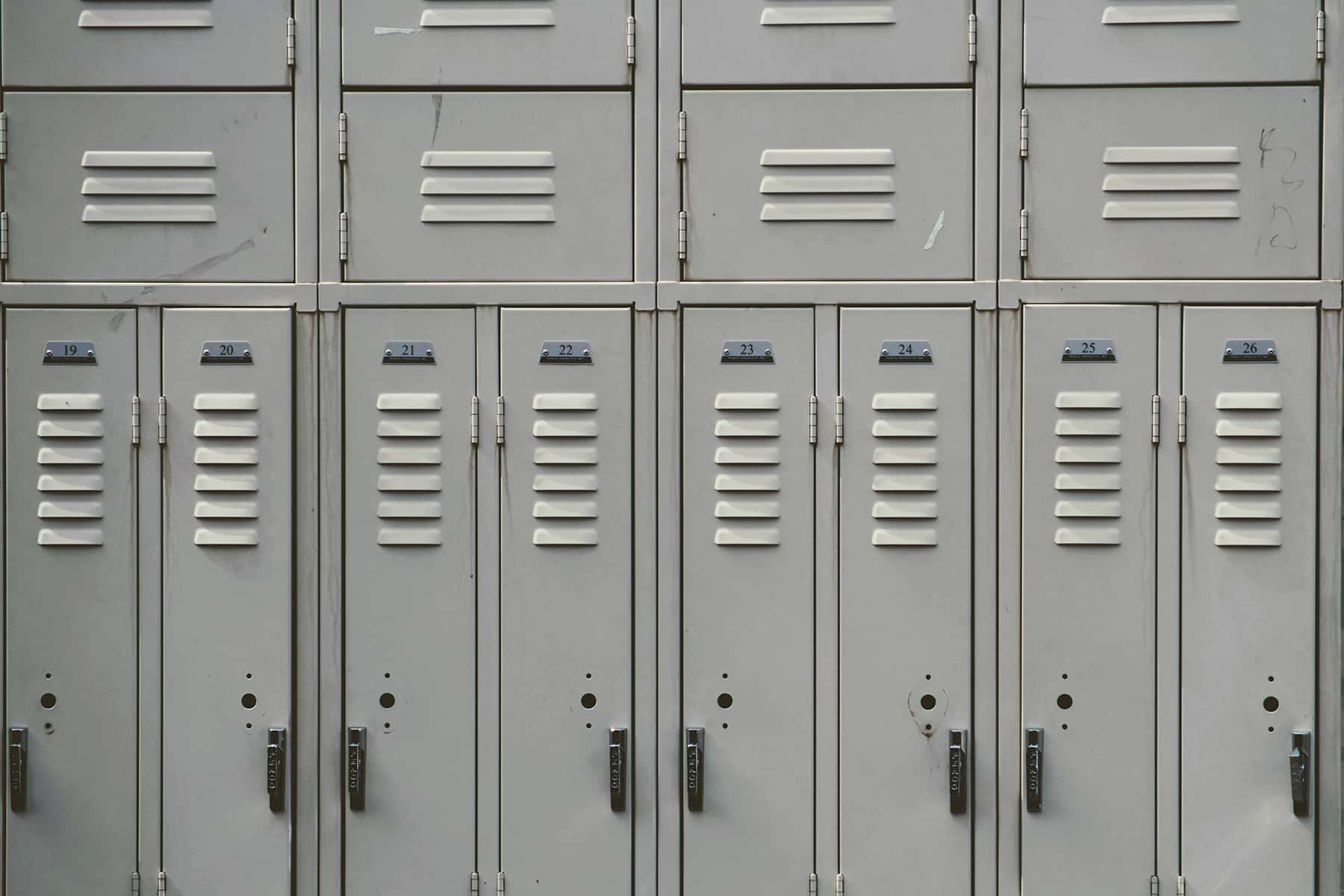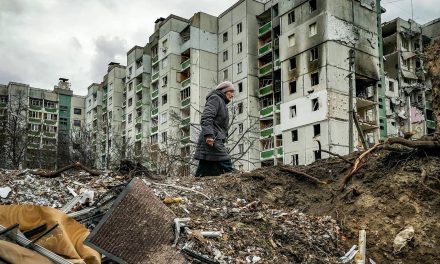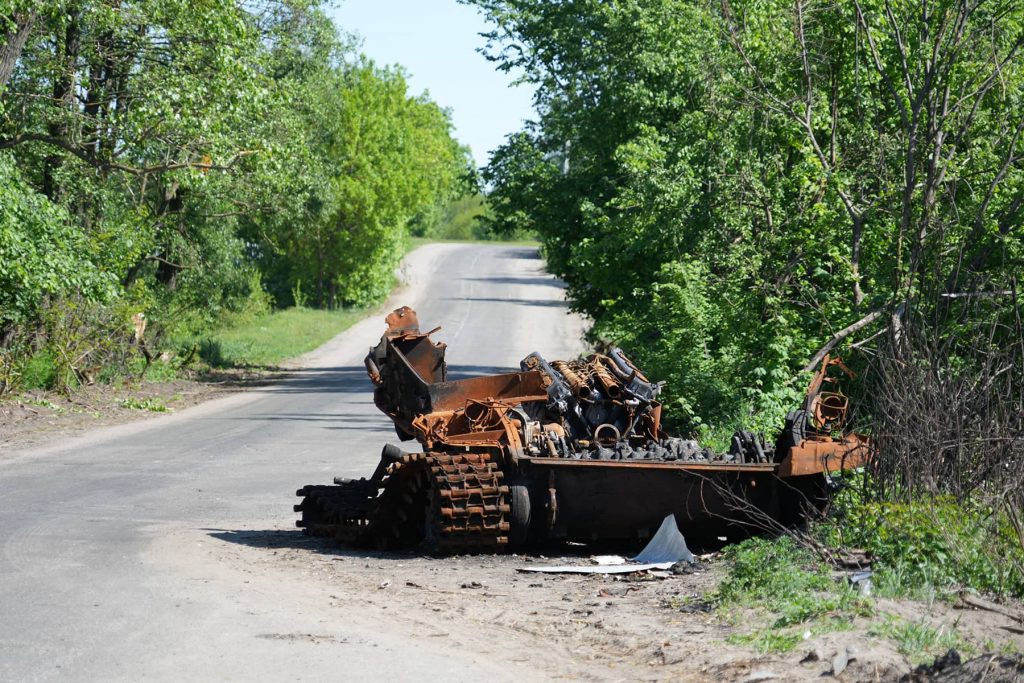
In 2012, the Milwaukee Public Schools (MPS) suspension rate for Black students was 85% of the district’s total suspensions. Today little has changed according to a report presented to a school board committee on October 5.
This is despite a January 2018 agreement with the U.S. Department of Education’s Office of Civil Rights to reduce the disparity between Black students and students of other races in suspensions and other disciplinary actions.
This is not to suggest that MPS hasn’t tried to improve. In fact, the district has dramatically decreased suspensions as a main tool for managing school climates. Suspensions for all students have been cut in half over the last decade, but the suspension gap between Black students and their peers remains.
The issue is more than raw numbers. What the civil rights office found was that disciplinary actions taken against Black students were disproportionately harsher compared to other students. For example, if a white student used profanity toward a teacher, that student might be given a detention. A Black student would more likely be suspended.
A long history of trying
The findings of a 2014 national study by the civil rights office triggered investigations in several school districts around the country into the discipline disparities for minorities and disabled students. Milwaukee was one of those districts.
Although MPS Superintendent Gregory Thornton was aware of the investigation into MPS, he did not communicate that investigation to the MPS school board according to board president Michael Bonds and other board members. (I was a board member at the time and recall no such communication.) Ultimately an agreement was reached and signed by MPS Superintendent Darienne Driver and the office of civil rights. The MPS school board was never a party to the agreement.
Federal investigators probably did not care who signed the agreement so long as someone in authority agreed to the settlement.
Suspension rates did drop under Thornton even before the investigations, and he kept prodding the school board to do more. On its own, the school board was trying to shut down the “school-to-prison pipeline” by decreasing the use of police interventions for school discipline issues. The board looked for alternatives such as counseling and mentoring.
A controversial issue was the expulsion of students from MPS without services. Today students are still expelled from regular classrooms, but the district provides services so that these students can continue their education.
Thornton gave monthly reports on declining suspension rates. But school board members were hearing from teachers and administrators that the inability to suspend students was beginning to result in a loss of control within the schools. Educators who had counted on harsher disciplinary measures to maintain order in their classrooms and schools felt that the tools they had left were insufficient to accomplish the task. Some principals were reportedly throwing up their hands and stating that nothing could be done.
It was not clear from the data whether Milwaukee’s decrease in suspensions was a result of educators using different tools to maintain an orderly educational environment, or whether buildings were in chaos.
There are other measurements that could offer insight into school climate besides suspension and expulsion rates: the turnover of both students and teachers from year to year, the absentee rate for both groups, the pass/fail rate, the use of alternatives to suspensions.
Better communication was needed then and now. Teachers and administrators who have operated one way their entire careers have to learn to operate in a different manner. After all, it was only in 2007 that Milwaukee’s school board voted to rescind a provision to allow the district’s safety assistants to handcuff unruly students. Even educators willing to make changes need training, and that takes time.
MPS makes its case
MPS still struggles with some of the same issues. A good portion of its educators still come from communities with little experience with minority students. Regardless of what policies are enacted, it is the teachers in the classrooms and the administrators that manage their buildings that must carry out those policies.
On October 5, Matthew Boswell, senior director of school services, outlined the actions the district was taking to decrease the disproportionality of discipline. Many of those actions were similar to actions taken before by the district. They include providing alternatives to suspensions, making sure counseling and support services are utilized and analyzing individual school data to improve actions,
Boswell explained that much of the educator training done the previous year had to be conducted online because of COVID-19. A new training session was just coming up in a day or two.
Later in the meeting, Boswell was challenged by board members asking just how many employees are taking part in such training and whether the training is voluntary or mandatory. The number of staff members involved in training during September were only a few hundred. The district has about 10,000 employees. Superintendent Keith Posley answered that such training was required and part of a three-year plan.
Questions asked
“How are we addressing students with social/emotional concerns and not just labeling them as discipline problems?” asked Angela Harris, chairwoman of the Black Educators Caucus. Seven years after the civil rights complaint was filed with the Department of Education, she added, “our district still has yet to identify the root causes of Black students’ behavior and link these causes to multi-year tested strategies and interventions that are effective and equability used by teachers and administrators.”
Three other speakers identified themselves as members of the group Anti-racist White Educators of Milwaukee. All three said that MPS had to do more but offered few suggestions other putting more money into solving the problem. Said one speaker, “Budgets are moral documents.”
When the meeting turned to comments and questions from board members (who are called directors in Milwaukee), school board director Henry Leonard summed up the feelings of other board members: “It is very frustrating,” he said. Looking for specific information on strategies that are working or not working, he asked, “Are there schools we can use as an example?”
Boswell offered none. “I don’t want to go on the record to name those schools because I don’t think it is appropriate. I would be more than happy to share those schools with Director Leonard if needed… We will definitely look into that.”
Board members could understand why the administration would not want to single out schools that were clearly failing to reduce suspensions. But why would they not want to shine a light on those that were doing well?
Director Aisha Carr pressed Boswell. She wanted him to publicly highlight schools that were doing well, and not just some of the more privileged schools. “I would like to see some schools that have struggled.”
Boswell said he would come back with an answer to that request. He went further stating that the whole community needs to get more involved in solving the problems facing our youth. When forums and meetings have been convened, few organizations and community members have attended.
Sequanna Taylor, who chairs the committee, suggested that perhaps students who are having problems need to be brought into the conversation.
Superintendent Posley reflected on his 30-plus years in education: “Ever since I’ve been in this business we have been talking about alternatives to suspensions.”
Two days after an MPS committee examined the disciplinary issue in the district, another MPS committee met on October 7 to view a PowerPoint presentation on “Black Lives Matter Year of Purpose.” What was being proposed had a direct bearing on how Black students see themselves and how they succeed academically.
Proposed professional development topics for staff members included how to dialogue with students without bias, language to avoid and courageous conversations about race, among others. Schools were encouraged to showcase Black Lives Matter projects and to involved families. In Milwaukee Public Schools, the struggle continues.
Terrence Falk
Jоshuа Hоеhnе
Originally published on the Wisconsin Examiner as Milwaukee struggles to lower Black student suspensions
Donate: Wisconsin Examiner
Help spread Wisconsin news, relentless reporting, unheard voices, and untold stories. Make a difference with a tax-deductible contribution to the Wisconsin Examiner














